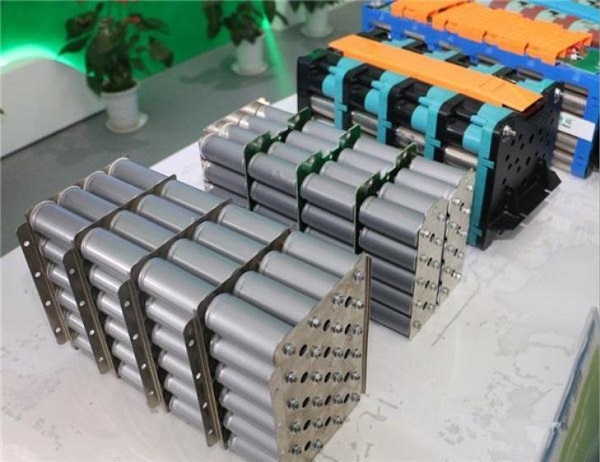Many people will be entangled in the type of battery when purchasing new energy vehicles. In fact, the difference between ternary lithium battery and lithium iron phosphate battery mainly lies in the positive electrode material. Among them, the positive electrode material of ternary lithium battery is nickel salt, cobalt salt, manganese salt, and the positive electrode material of lithium iron phosphate battery is lithium iron phosphate. In addition, the electrolyte and anode materials of both use lithium hexafluorophosphate and graphite.

To say which is better between ternary lithium battery and lithium iron phosphate battery, you have to figure out the advantages and disadvantages between the two. But in general, if the local climate is relatively cold, it is best to choose a ternary lithium battery. If it is not so cold, like in Guangdong, it is best to choose a lithium iron phosphate battery.
Specifically why, then look at the advantages and disadvantages between the two, first look at the lithium iron phosphate battery:
Advantages of lithium iron phosphate batteries
1. No precious metal elements such as cobalt, the raw materials are easy to obtain and the cost is low;
2. The battery has high temperature resistance, the thermal runaway temperature can reach about 800 degrees, and the safety performance is good;
3. The battery cycle life can reach more than 3500 times, some can even reach 5000 times, and the service life is long;
4. The working voltage of the battery is 3.2-3.4V, which can meet the basic requirements of the vehicle battery;
5. After the service life of the battery expires, there is still 80% of the stored power, and the recycling value is high.
Disadvantages of lithium iron phosphate batteries
1. Poor low temperature performance, about minus 20 degrees, the battery attenuation will basically reach about 55%;
2. The energy density is low. When it reaches 150wh/kg, the volume/weight of the battery will be relatively large.
3. The battery has a long service life, but the battery pack has a short service life, generally about 500 times;
4. The overall production cost of the battery is high;
5. The battery process performance is unstable and the consistency is poor.
The above are the advantages and disadvantages of lithium iron phosphate batteries. Let's take a look at the advantages and disadvantages of ternary lithium batteries:
Advantages of ternary lithium batteries
1. The output voltage of the battery reaches 3.7V, the specific energy is larger, and the specific power is larger;
2. High rate charging performance and fast charging speed;
3. Good low temperature performance, the heating performance of the battery at minus 20 degrees can still reach more than 70%;
4. High energy density, more than 200wh per kilogram, the volume and weight of the battery will be smaller.
5. High discharge voltage and good output power.
Disadvantages of ternary lithium batteries
1. The cycle life is low, basically about 2500 times;
2. Not resistant to high temperature, the thermal runaway temperature is about 200 degrees, and the safety performance is low;
3. The battery contains precious metals such as cobalt, and the material cost is high;
4. The threshold of production technology is high.



